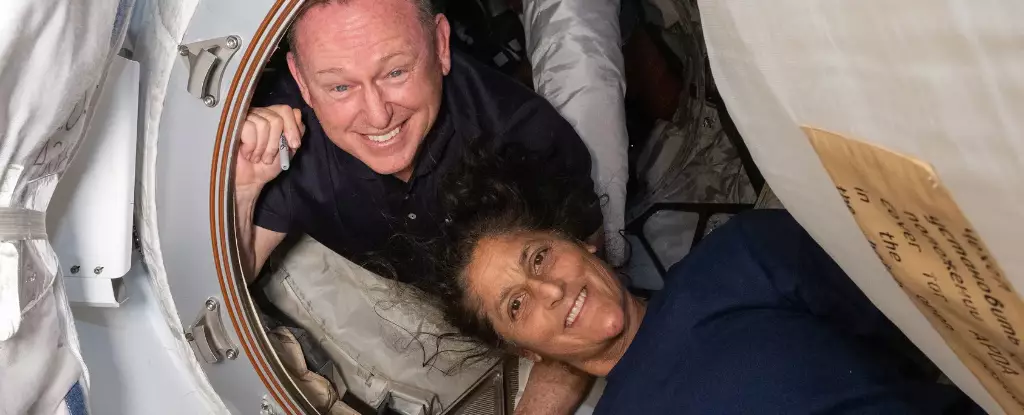NASA recently announced a new timeline for the return of two American astronauts, Butch Wilmore and Suni Williams, who have been aboard the International Space Station (ISS) for an unprecedented duration. Initially intended to primarily last for eight days, their expedition has since extended over eight months due to a series of unforeseen complications. These complications arose after the Boeing Starliner spacecraft experienced propulsion issues, forcing the US space agency to recalibrate their plans significantly.
The Starliner was initially designated to carry the astronauts back home but, after extensive evaluations, NASA decided that the spacecraft would return without its crew. This challenging situation prompted NASA to reach out to SpaceX, helmed by Elon Musk, who has emerged as a key figure in the contemporary space exploration narrative. Musk has promised a swift resolution, ensuring the safety and timely return of the astronauts.
As other crew members arrived at the ISS via the SpaceX Crew-9 mission in September, the presence of two vacant seats for Wilmore and Williams became increasingly poignant. However, their long-awaited relief has also been delayed because NASA announced that the subsequent Crew-10 mission, which is set to facilitate their return, will not launch until the end of March—if not later. This announcement underscores the unpredictable nature of space missions, where timelines can shift based on operational readiness.
In an effort to expedite the recovery process, NASA has opted to modify their approach by utilizing the already flown Dragon spacecraft named Endurance instead of commissioning a brand-new one. This strategic maneuver aims to reduce processing time and facilitate a smoother handover of the mission, ensuring a more efficient transition for the astronauts returning from their extended stay.
Maintaining Morale Beyond Earth
In light of their lengthy time away from Earth, both Wilmore and Williams have displayed remarkable resilience and positivity in their interstellar surroundings. According to reports from January, the astronauts confirmed that their spirits remain high, thanks primarily to ample provisions and the engaging activities available on the ISS. This sentiment illustrates the adaptability required for space missions, where crew members must cope with prolonged periods of isolation while maintaining a professional focus on their experiments and research.
Despite the extended duration, their experience has yet to reach the record set by Frank Rubio, who completed 371 days aboard the ISS in 2023. This highlights the varied range of experiences in space travel and reinforces the notion that each mission—regardless of duration—contributes to our overarching understanding and capabilities in space exploration.
As plans continue to evolve, the anticipated launch of the Crew-10 mission on March 12 aims to culminate in the safe arrival of Wilmore and Williams back home. This instance serves as a reminder of the challenges inherent in space travel and the significant teamwork required to navigate potential setbacks. The intricate dance of logistics and human emotion characterizes the essence of NASA’s ongoing endeavors, as they strive to ensure that each mission, regardless of its challenges, contributes to the ever-expanding frontier of human exploration beyond our planet.


Leave a Reply